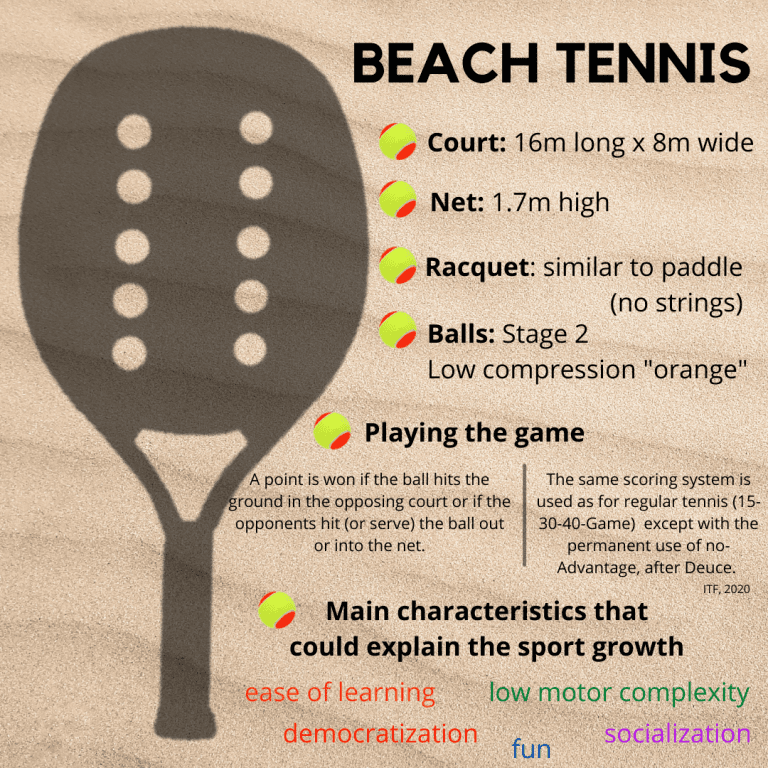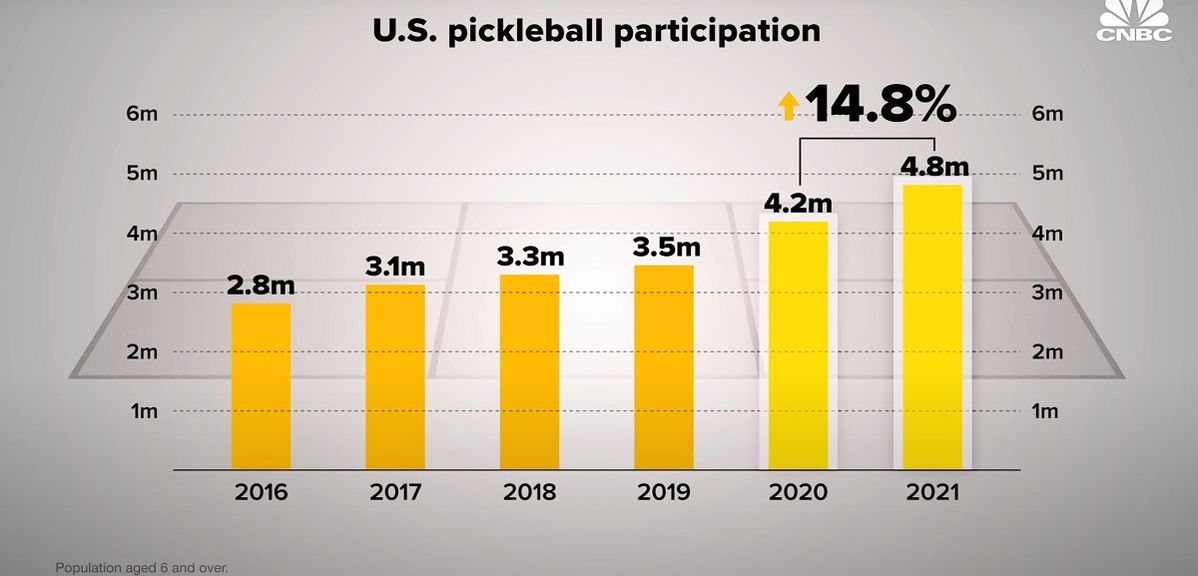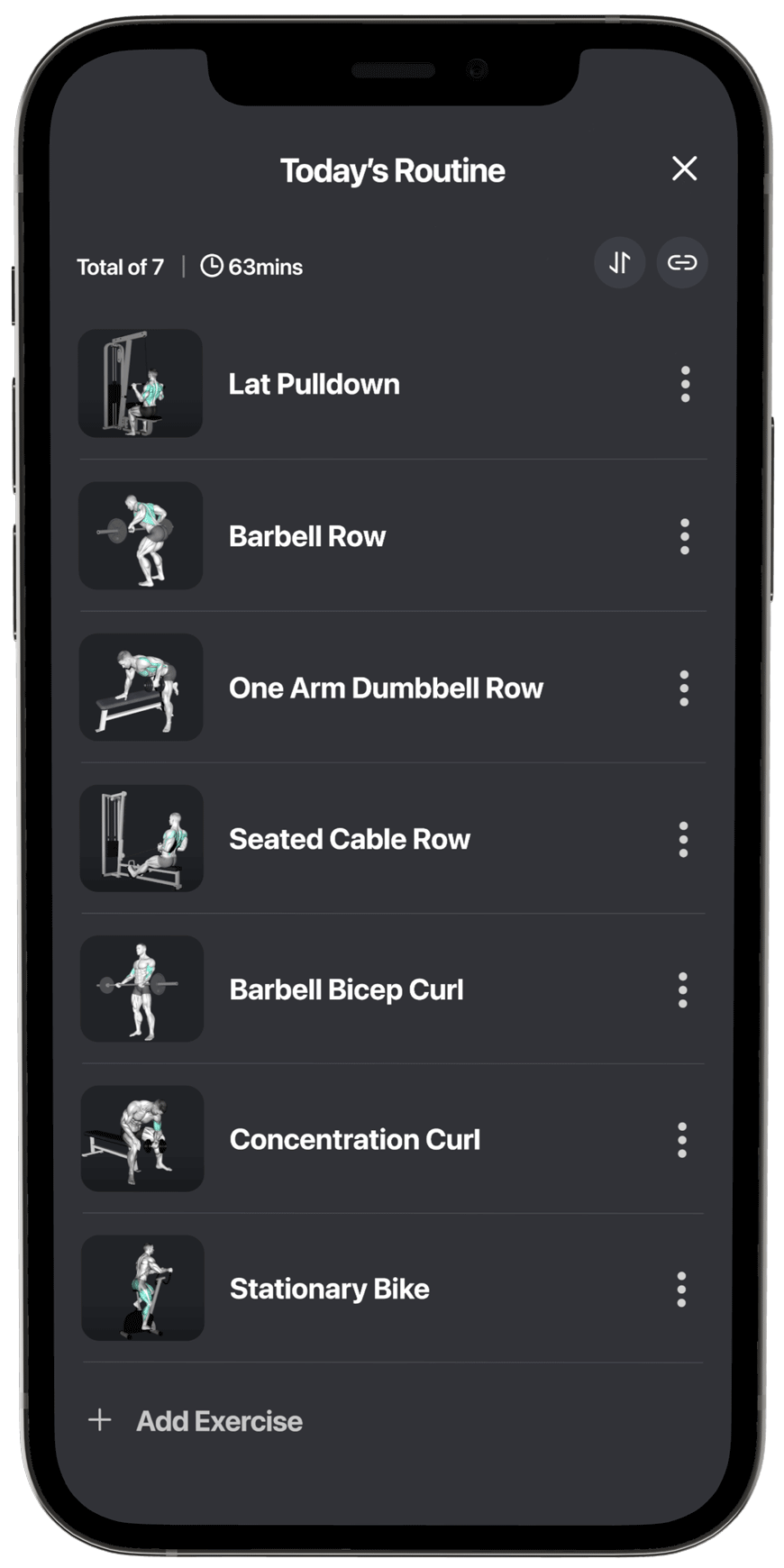The Basics: A Quick Comparison
Tennis and pickleball, while both racket sports played on a court, differ significantly in their equipment, court size, and gameplay. Tennis utilizes larger rackets, a larger court, and a smaller, faster-moving ball, resulting in longer rallies and more demanding physical exertion. Pickleball, in contrast, uses smaller paddles, a smaller court, and a larger, slower-moving ball, leading to shorter, more strategic rallies with a greater emphasis on dinking (soft shots near the net).
Scoring Systems: A Tale of Two Games
The scoring systems of tennis and pickleball also differ. Tennis utilizes a point-based system with games, sets, and potentially match play, leading to extended matches. Pickleball scoring is simpler, with points only awarded to the serving team, leading to quicker matches. While tennis scoring can be complex for newcomers, the straightforward nature of pickleball scoring makes it easier to pick up for casual players.

Physical Demands: Intensity and Endurance
The physical demands of tennis far exceed those of pickleball. Tennis requires significant running, agility, and explosive power to cover the court effectively and generate powerful shots. Pickleball, with its smaller court and slower ball speed, demands less intense running, making it more accessible to players of varying fitness levels. While both sports require a degree of fitness, tennis places a considerably higher demand on cardiovascular endurance and speed.
Skill Sets and Strategy: Different Strokes for Different Folks
Both sports require skill and strategic thinking, but the nature of these skills differs. Tennis emphasizes powerful serves, deep groundstrokes, and precise volleys, often requiring years of dedicated training to master. Pickleball, while requiring strategic shot placement and deft net play, is generally considered easier to learn, placing more emphasis on court positioning and anticipation than raw power.
Accessibility and Inclusivity: Who Can Play?
Pickleball’s smaller court size, slower pace, and less demanding physical requirements make it incredibly accessible to a wider range of players, including seniors and individuals with limited mobility. While tennis remains popular across various age groups, the physical demands can limit participation for those with less fitness or mobility. This greater accessibility contributes to pickleball’s explosive growth in recent years.
Popularity and Growth: The Rising Star
Tennis has enjoyed a long and illustrious history as a globally recognized sport, boasting prestigious tournaments and professional players. However, pickleball’s popularity has skyrocketed in recent years, particularly in the United States, attracting a vast and diverse player base. While tennis retains its established dominance, pickleball’s rapid growth suggests a potential shift in the landscape of racket sports.
The Verdict: It’s Not a Competition
Ultimately, declaring a single “supreme” sport between tennis and pickleball is misleading. Each sport offers unique benefits and caters to different preferences and skill levels. Tennis provides the intense competition and demanding physicality that attracts many, while pickleball’s accessibility and social nature make it an appealing choice for others. The best choice comes down to personal preference.
Beyond the Court: Community and Social Aspects
Both sports foster strong communities and social interactions, but the nature of the communities differs. Tennis often has a more competitive, structured social aspect, focusing on tournaments and rankings. Pickleball, however, is known for its more casual and inclusive social atmosphere, often fostering strong bonds among players of varying skill levels through regular play and social gatherings. Read more about tennis vs. pickleball popularity.




